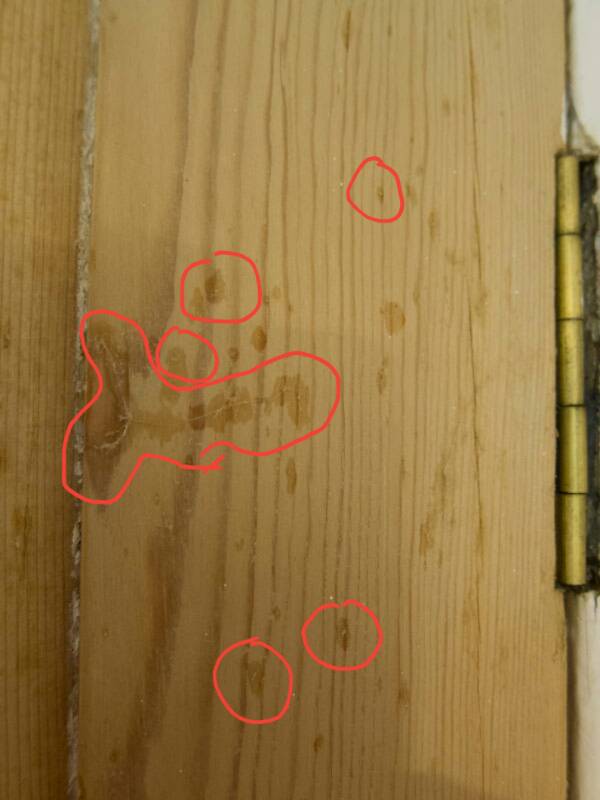We have a few pine doors upstairs in our cottage. I originally thought they were unfinished but now think they are probably waxed. Over the winter lots of small dark spots have appeared on all the doors and are gradually spreading. I have no idea what this is (some kind of wax mould?) and wondered if anyone had ever experienced anything like it before. The house has been quite cold over the winter. White spirit, meths and alcohol seem to have little immediate effect.
Any ideas what to do about it?



Any ideas what to do about it?











